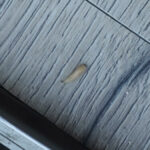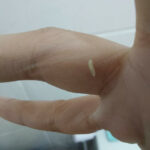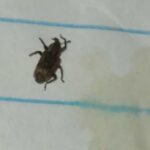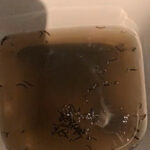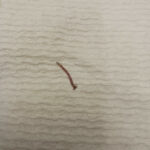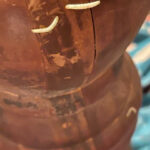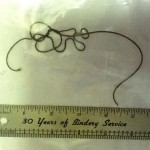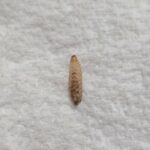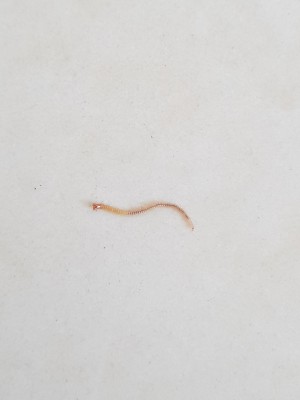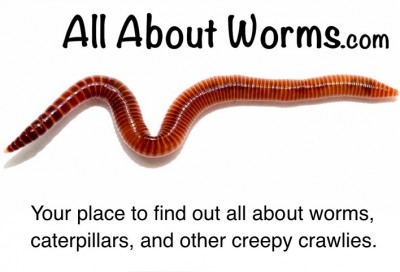
“What is this worm that I keep finding on my dining room floor?” asks Stacey in her submission regarding the white worm pictured below. “We have looked and can’t find them anywhere, but all of a sudden we find them in the morning and we clean them up. And when we get home in the afternoon we find a couple more.” Based on the excellent photo Stacey sent in, we think she found an acorn weevil larva. Acorn weevils are brown beetles that bore holes through acorns to lay their eggs inside. Once they hatch, the larvae will eat the insides of the acorns until they fall from the tree, after which the larvae will bore a new hole through the acorns to exit from, and consequently tunnel into the soil to pupate (the process of metamorphosing into the adult insect).
While the larvae do damage the nuts, rendering them inedible/pointless to eat (because they are empty), they do not damage the trees. But of course, there are other organisms that eat acorns, and which are affected by acorn weevil populations, such as squirrels. Fortunately, squirrels have developed a technique for figuring out which acorns are still good and not infested: shaking them! So when you see a squirrel shaking an acorn, they are checking for weevil larvae. If the nut is good, they bury it for hibernation. If the nut is bad, they either leave it behind or eat it immediately, depending on how much of the nut that larva has managed to eat.
We should note that acorn weevil larvae are not harmful to humans and should not be harmful to human homes either, so they have no real business being inside Stacey’s. Granted, a lot of beetle larvae species look the same, so there is a possibility that this is some other species whose presence in Stacey’s home would be more easily explained, but we will say that this does not look like a wood-boring beetle larva or a carpet beetle larva: two of the most common beetle species to infest homes for purposes of feeding on items inside the home. Our guess is that, somehow, a batch of eggs ended up in Stacey’s home and they have been hatching, releasing forth this small army of weevil larvae to walk about her home. We recommend that she scoop them onto a dustpan and move them outside, where they will be much happier. It might also be worth searching her home again, even more thoroughly, and vacuuming it too to get any more eggs that might be invisible to the naked eye.
In conclusion, we think Stacey found acorn weevil larvae, as strange as it is to find them in this location. That said, it is not all that uncommon for insect eggs or larvae to end up in people’s homes accidentally. We hope this helps, and we wish Stacey the very best.
All About Worms is always free, always reader-supported. Your tips via CashApp, Venmo, or Paypal are appreciated! Receipts will come from ISIPP Publishing.
You might also find these guys interesting!




